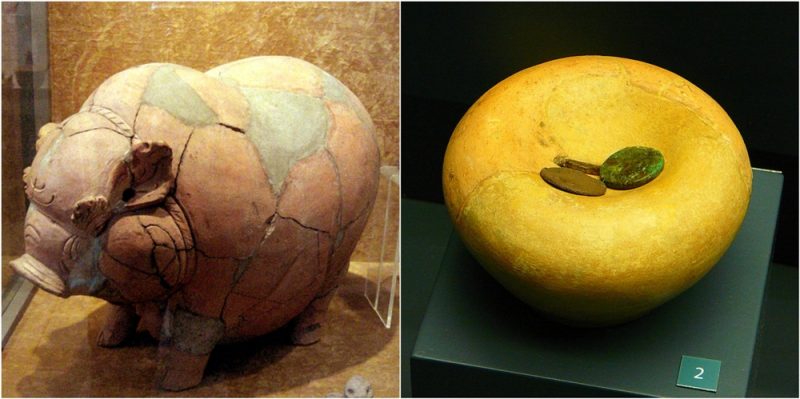Have you ever wondered from where the popular pig banks originate? Apparently, people in the Middle-Ages invented them to store money, calling them ‘pygg’ or ‘pig jar.’
During the Middle-Ages, the metal was expensive, and people preferred to use clay instead. The pig banks come from pygg jars, which were made from an orange-colored ‘pygg’ clay. The clay was a cheap material and as earthenware was often replaced by other materials, such as plaster, plastic, and glass. However, the name of the ‘pygg’ clay soon became a distinctive term for the money banks in the 18th century, called ‘pig banks’.
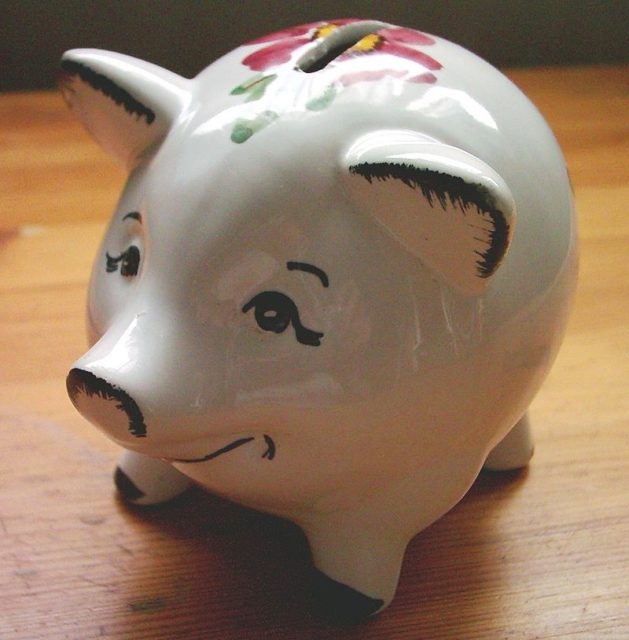
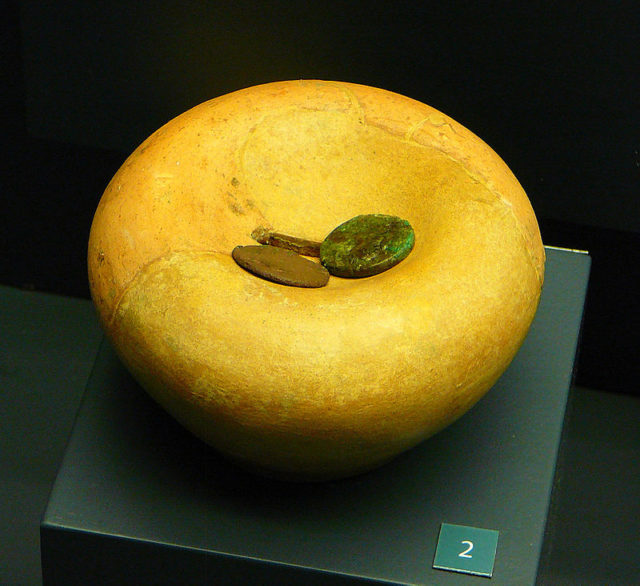
The oldest Western money box dates from the 2nd century BC Greek colony Priene, Asia Minor and features the shape of a miniature Greek temple with a slit in the pediment. Money boxes were also excavated in Pompeii, Herculaneum, Roman Britain, and along the Rhine.
However, Western Europeans weren’t the only one who were trying to save some money and use piggy banks. The first real piggy bank was a terracotta bank in a pig shape with a slot in the middle of the back was made in East Java, back in 14th century.
The Javanese and Indonesian term ‘cèlèngan’ meant ‘likeness of a wild boar’ and was used to replace both ‘saving’ and ‘piggy bank’ terms.
Another similar term referring to savings was ‘tabungan’ which derives from the world for ‘tube’ or ‘cylinder.’ This arises from another method of making money box by using a portion of enclosed bamboo segment completed with a slit into which the money is inserted.
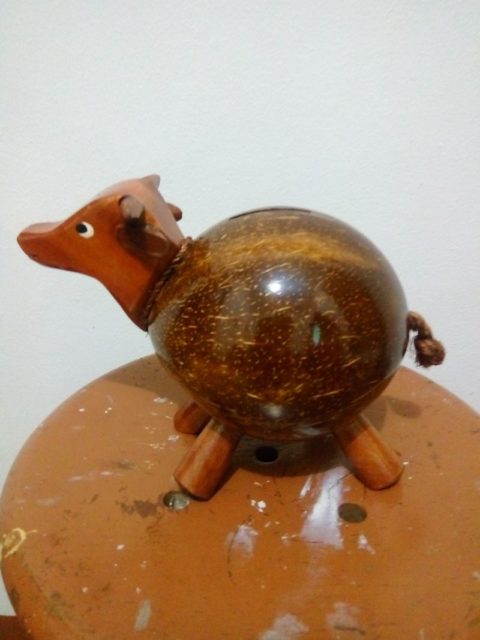
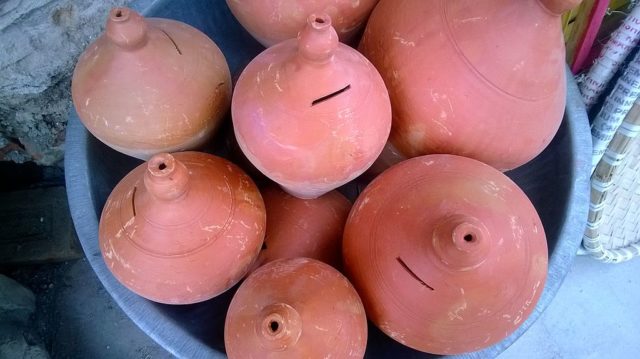
Not many of those Indonesian piggy banks survived today because as we all know, most of the piggy banks need to be broken to get the money after saving. Unbroken Javanese banks are extremely rare. In Great Britain, a 650-year-old piggy bank was on sale for approximately $10,000.
A famous Majapahit piggy bank is placed in the National Museum of Indonesia. It was found broken into pieces and reconstructed after. Majapahit terracotta money containers have been found in a variety of shapes, including tubes, jars and boxes, each with a slit for coins.
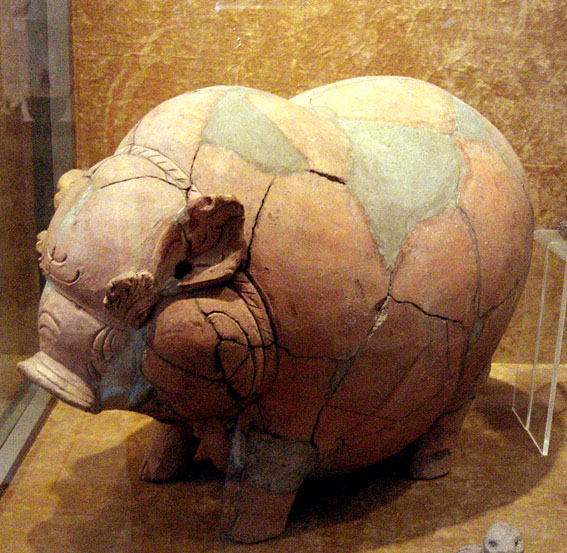
Today, modern piggy banks have different shapes, colors, and size.
Locked money boxes are usually used in temples and churches, and they’re open via plug underneath it at regular intervals, once the money is counted and recorded.
